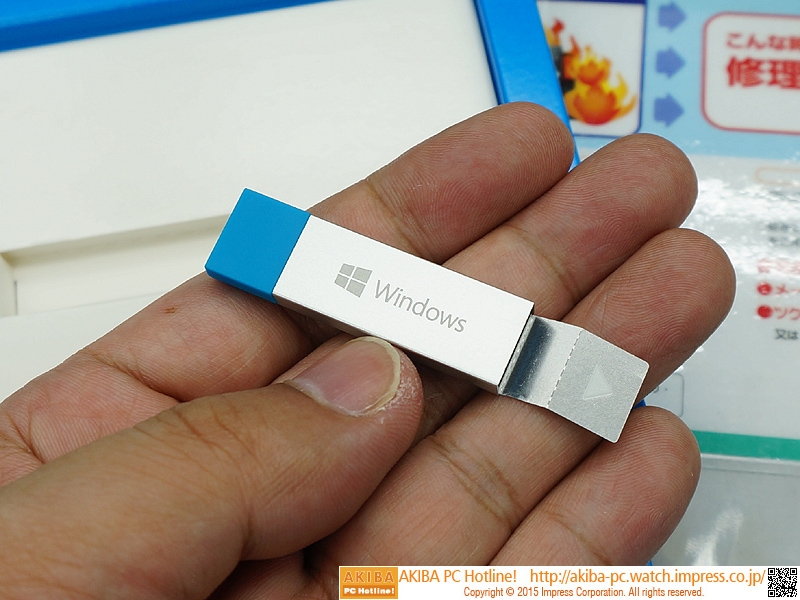Finger Pro 9 03 Windows Defender
Tech support scams Tech support scams use scare tactics to trick you into paying for unnecessary technical support services that supposedly fix contrived device, platform, or software problems. These scams can use websites to lure you into contacting fake tech support. You may be redirected to these websites automatically by malicious ads found in dubious sites (for example, download locations for fake installers and pirated music or movies). The websites typically use malware in the form of script files like JavaScript or HTML, which can display various fake error messages. The malicious scripts can also put your browser on full screen and spawn pop-up messages that won't go away, essentially locking your browser. Some tech support scam malware may also come in the form of executable files downloaded on your PC, just like malware. Similarly, when executed, they may display fake error notifications about your computer or software.
I'm unable to update my window defender, it keeps saying 'Virus & spyware definitions couldn't be updated' it started after the last windows 10 update. I'm currently.
These fake error messages aim to trick you into calling an indicated technical support hotline. Note that Microsoft error and warning messages never include a phone number. Some scammers use cold calls.
244 Cmr 9.03

They call you directly on your phone and pretend to be representatives of a software company. They can then ask you to install applications that give them remote access to your device. Using remote access, these experienced scammers can misrepresent normal system output as sign of problem. When you engage with the scammers, they can offer fake solutions for your “problems” and ask for payment in the form of a one-time fee or subscription to a purported support service. The latest evolution in technical support scams is the use of websites that automatically with the phone number ready to be dialed. This technique streamlines the entire scam experience, leaving potential victims only one click or tap away from speaking with a scammer. For information on the latest tech support scam attacks, techniques, and trends, you can read these entries on the Windows Security blog.
How can I become a victim of support scam? You can get to tech support scam websites when you visit malicious or compromised websites. Links to these offending websites may also be sent to you via spam email. Furthermore, some sites, for example torrent sites where you can download illegal copies of software or key generators, may also have web ads that can redirect you to tech support scam sites.


Some support scam malware may also be downloaded by other malware. They may also come bundled with applications known as software bundlers - these are software that try to install malware or other applications without your consent. How do I avoid tech support scams? If you receive an unsolicited email message or phone call that purports to be from Microsoft and requests that you send personal information or click links, ignore or, or hang up the phone.
Note that Microsoft does not send unsolicited email messages or make unsolicited phone calls to request for personal or financial information, or fix your computer. Treat all unsolicited phone calls with skepticism. Do not provide any personal information. For more details on how to deal with phone (and other) scams, read this page on. Download software only from official websites, or from the Windows Store. Be wary of downloading software from third-party sites, as some of them might have been modified without the author’s knowledge to bundle support scam malware and other threats. Use when browsing the Internet.
It blocks known support scam sites using (which is also used by Internet Explorer). Furthermore, Microsoft Edge can stop pop-up dialogue loops used by these sites.
You can report tech support scam sites to Microsoft using Microsoft Edge. While you are on a suspicious site, in Microsoft Edge click More., then click Send feedback. Then click Report unsafe site and use the web page that is displayed to report the website. In Internet Explorer, click the gear icon and then point to Safety. Then click Report unsafe website. Enable on Windows 10. It detects and removes known support scam malware, such as the following.
. If you continue to use your current version, your computer will still work, but since you won’t continue to receive new security updates, it could become more vulnerable to security risks and viruses. To learn more about the end of service for Windows 10, version 1507, review the.
1 Newest functionality requires Windows 10 Creators Update or newer. 2 Internet access fees may apply. 3 Windows Hello biometrics require specialised hardware, including fingerprint reader, illuminated IR sensor or other biometric sensors and capable devices.